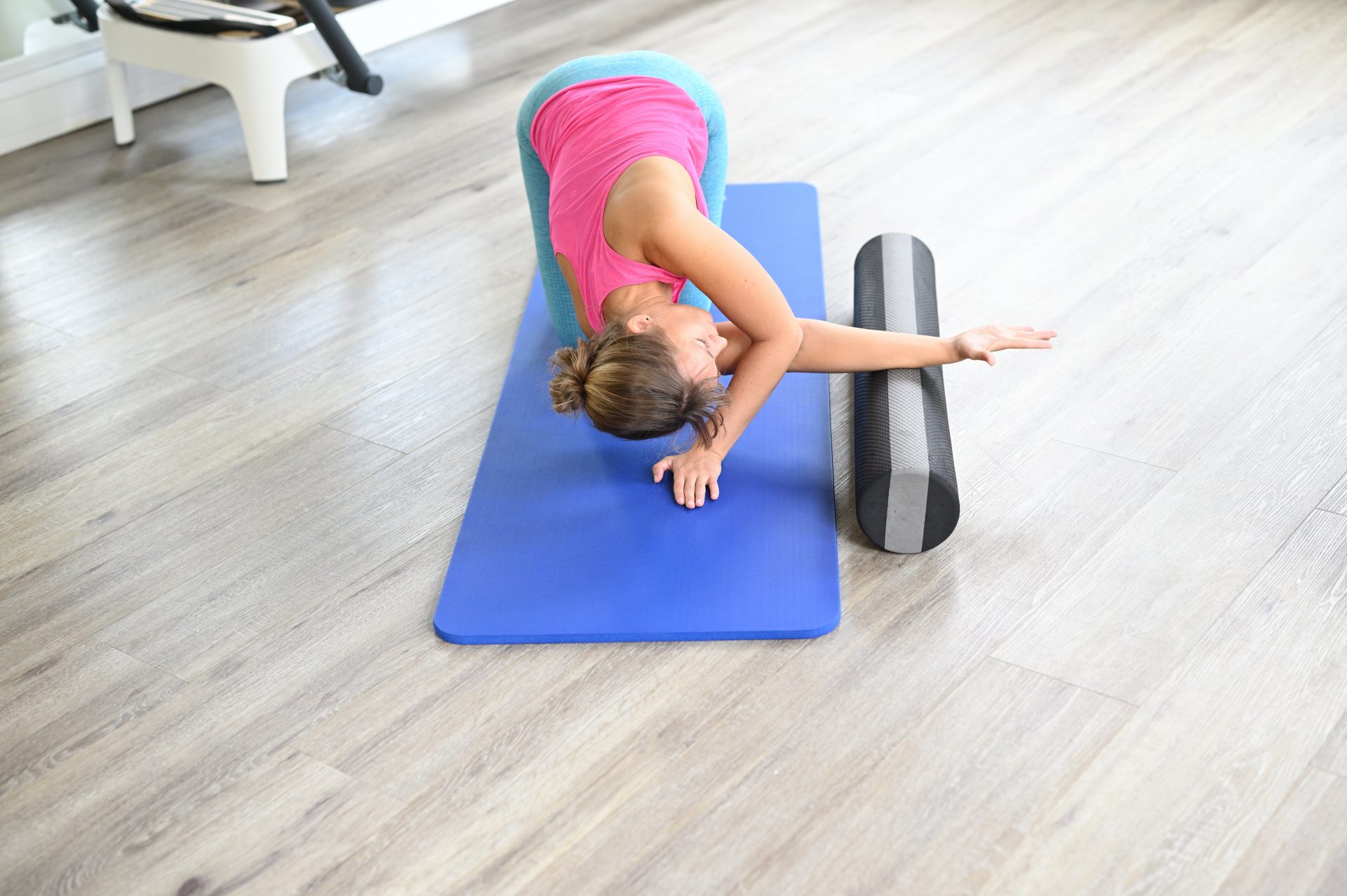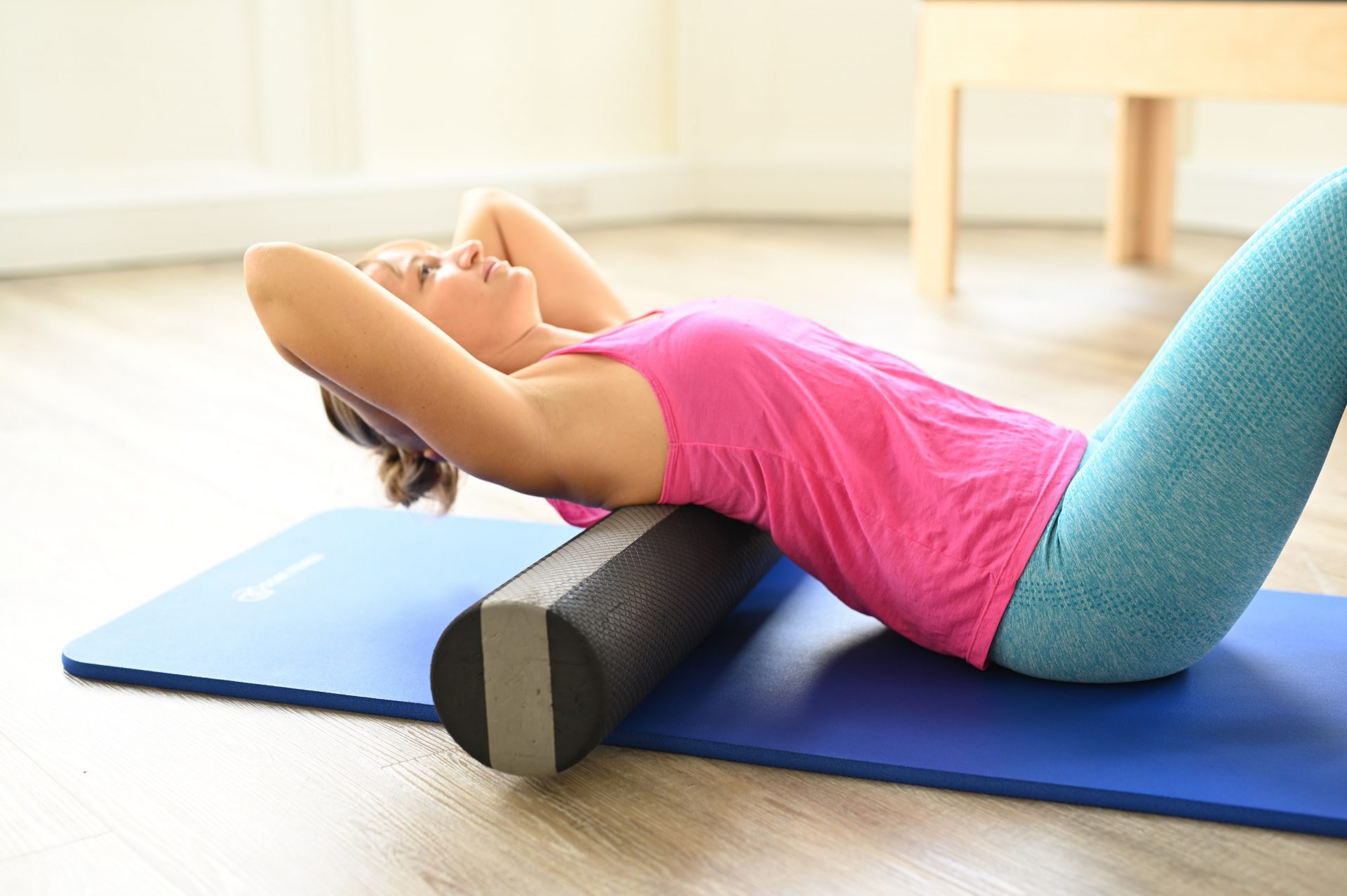Dealing with uncomfortable jaw pain? You’re not alone – one in ten people in the UK struggle with jaw ache. But this doesn’t mean you should ignore it and, fortunately, there are a number of exercises you can do at home to manage the strain on your jaw.
Chronic pain is something many people deal with on a daily basis and, often, it’s unclear whyit’s happening or where it’s coming from. Jaw pain is a particularly common form of ongoing pain many people struggle with – according to BUPA, around one in 10 people in the UK have a problem with their jaw joint, which is often referred to as temporomandibular disorder (TMJ).
One of the issues with jaw disorders is that it can be hard to pinpoint exactly where they come from, something you’re probably well aware of if you suffer from them. Although some people’s jaw pain is caused by invasive dental treatments or grinding your teeth, many people will simply wake up one day and find that the bottom half of their face is inexplicably sore.
You may also like
Back pain and fitness: how to protect and strengthen your back for fitness
“The temporomandibular joint is a common location for pain – this is the hinge joint at each side of your jaw,” explains Helen O’Leary, Physiotherapist and Clinical Director at Complete Pilates. “It can become painful for a number of different reasons which is why it is a good idea to get a specialist assessment.”
If your jaw pain is causing you regular discomfort, you probably need to find some time to go and sit in a dentist chair and have a professional take a look at what’s going on. But there are a few things you can do at home too to manage your pain, including jaw exercises. Yes, that’s right – just like doing squats for your glutes, there are a number of exercises that will help to strengthen and stretch your jaw that might help prevent and manage aches and pains.
“Exercises that will generally be good for most people [who struggle with jaw pain] will be looking at getting good alignment between the head and the neck and the rest of the spine,” O’Leary says.
Here are four exercises that will help you deal with TMJ and jaw pain…
The superman

The spine plays a crucial role in posture and alignment, according to O’Leary. She recommends an exercise called “the superman” to help you work on this.
“Start on all fours with hands under shoulders and knees under hips,” she explains. Press the hands into the floor and keep your gaze down at your fingertips so that the back on your neck is long.”
From there, keep your spine in a long and neutral position as you reach one arm and one leg away from the body. Repeat this 10 times on each side.
“The goal is to maintain the spine position whilst the arm and leg move,” O’Leary adds.
Thread the needle

Increased mobility in your upper body will help to improve the symptoms of a stiff jaw, so O’Leary recommends an exercise called “thread the needle”, which you can do with or without a foam roller.
Again, start on all fours then reach one arm underneath the other and either roll the roller away as far as possible or reach the arm through on the floor. Let the spine turn and turn your chest to face the ceiling. The other arm can bend to allow your chest to lower. Repeat this five times on each side.
“This is an excellent exercise to encourage mobility through the upper spine and shoulders. This helps your posture which in turn can help to reduce the load on the TMJ,” O’Leary explains.
Spine extension

A foam roller is a really useful piece of kit for dealing with jaw pain and the next exercise, O’Leary recommends also incorporates one. But if you don’t have a roller, you can use a rolled up towel instead.
For this exercise targeting your spine, support the head with your hands so that the neck is relaxed and position the roller across the upper back in line with your shoulder blades. As you inhale let the spine extend back, lifting your chest up, using the pressure of the roller to assist the movement. Hold for one breath and then come forwards to release the stretch. Repeat this around 10 times.
“Working on thoracic extension is often important if you tend to spend a lot of time sitting or looking at a computer screen to reverse the flexion position that we tend to end up in,” O’Leary says. “Again this will improve the alignment of your spine and can help with reducing load on the TMJ.”
You may also like
Bruxism and self-care: “I grind my teeth when I’m stressed – this bedtime routine calms me down”
Dart

The final exercise O’Leary recommends is a strength exercise for the back of the trunk, neck and shoulders. “This will keep the postural muscles strong so that you can maintain better alignment for longer,” she says.
Start by lying on your front with your arms by your side, hover your forehead off the floor whilst still looking down at the mat. Open the collar bones so that the shoulder blades slide together a little and as you inhale, hover the chest up higher and reach the fingertips backwards towards the toes. Breath out and lower back down.
Repeat the movement thinking about the shoulders and chest opening each time. This will feel like the breastbone facing forwards and the shoulder blades coming together. Repeat the exercise around ten times.
For more expert advice and tips, sign up to the Strong Women Training Club.
Images: Getty
Source: Read Full Article
